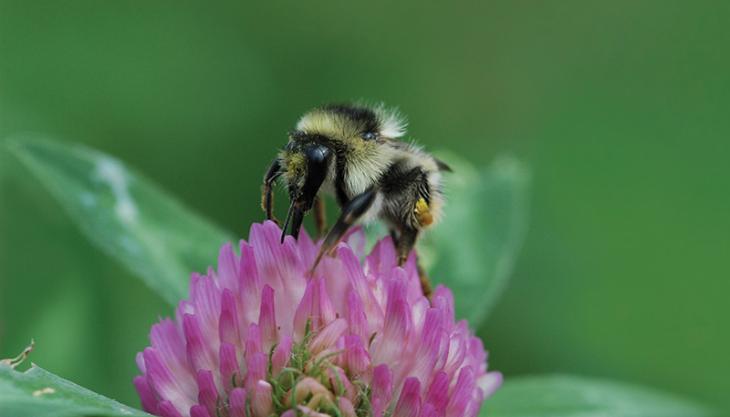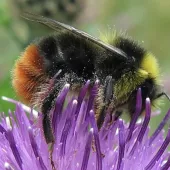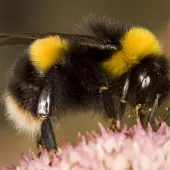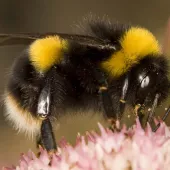BBCT looks to quarries to help conserve bees

Bumblebee Conservation Trust working closely with the MPA to help conserve bee populations
BACK in November 2012, the Mineral Products Association (MPA) and the Bumblebee Conservation Trust (BBCT) signed a Memorandum of Understanding that marked a significant step towards meeting the aims of the MPA and BBCT, especially the protection, creation and restoration of flower-rich habitats, but also extending the knowledge of those working at quarries about bumblebees in particular, and wildlife generally.
The Bumblebee Conservation Trust was established because of serious concerns regarding the plight of the bumblebee. In the last 80 years bumblebee populations have crashed in the UK, two species have become nationally extinct and several others have declined dramatically.
The importance of bees generally cannot be underestimated. In the UK, about 70 crops are dependent on, or benefit from, visits from bees. In addition, bees pollinate the flowers of many plants which become part of the feed stock for farm animals. The economic value of bees, as pollinators of commercially grown insect-pollinated crops in the UK, has been estimated at more than £500 million per year.
Since November 2012, the BBCT has visited five quarries, all very different and all requiring different approaches, but each one capable of offering the possibility of being managed sensitively for bees. The BBCT says its ambition is to get more quarries thinking about what they can do for bees.
For example, quarry restoration normally includes the planting of trees, and there are some tree species, such the goat willow, that are crucial for bees, producing high-quality nectar and pollen in March when bumblebees are emerging and need feeding up after their long hibernation.
The BBCT would also like quarry workers to start monitoring bees. This year saw the launch of the Trust’s national BeeWalk scheme – the only national recording scheme that monitors the abundance of bumblebees to help provide an early warning of any declines. As part of the scheme, a network of volunteers walk a set route (1km) once a month between March and October, counting and identifying the bumblebees they see.
Ultimately, the BBCT wants to gain hard evidence as to the quality of habitat that quarries can and do provide for bees, and the Trust is challenging all quarries to get involved. For further information visit the BBCT website.






